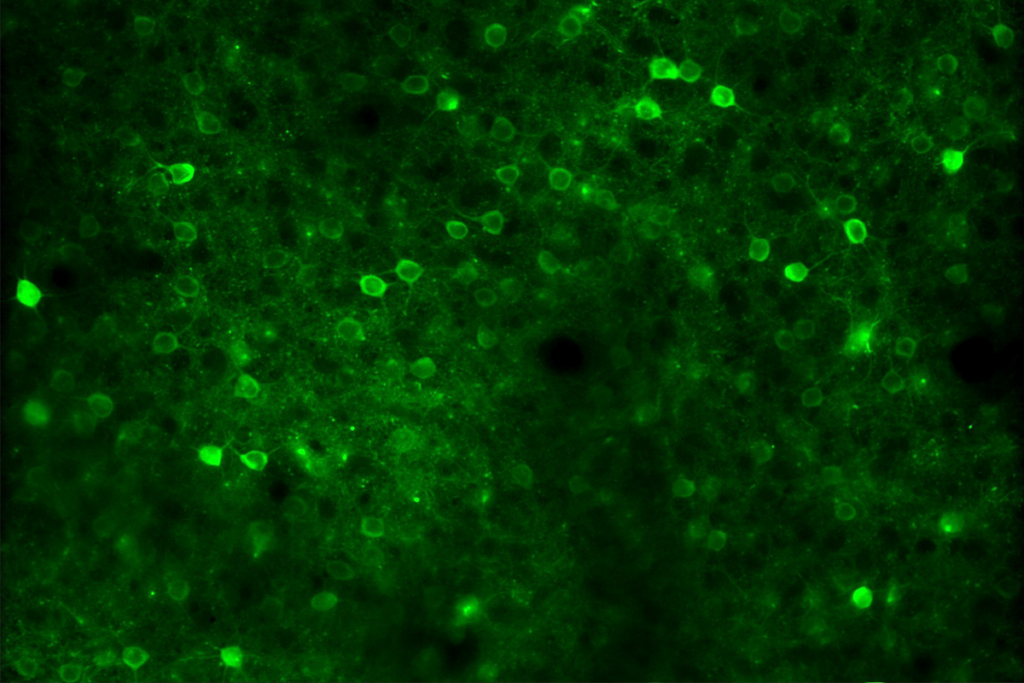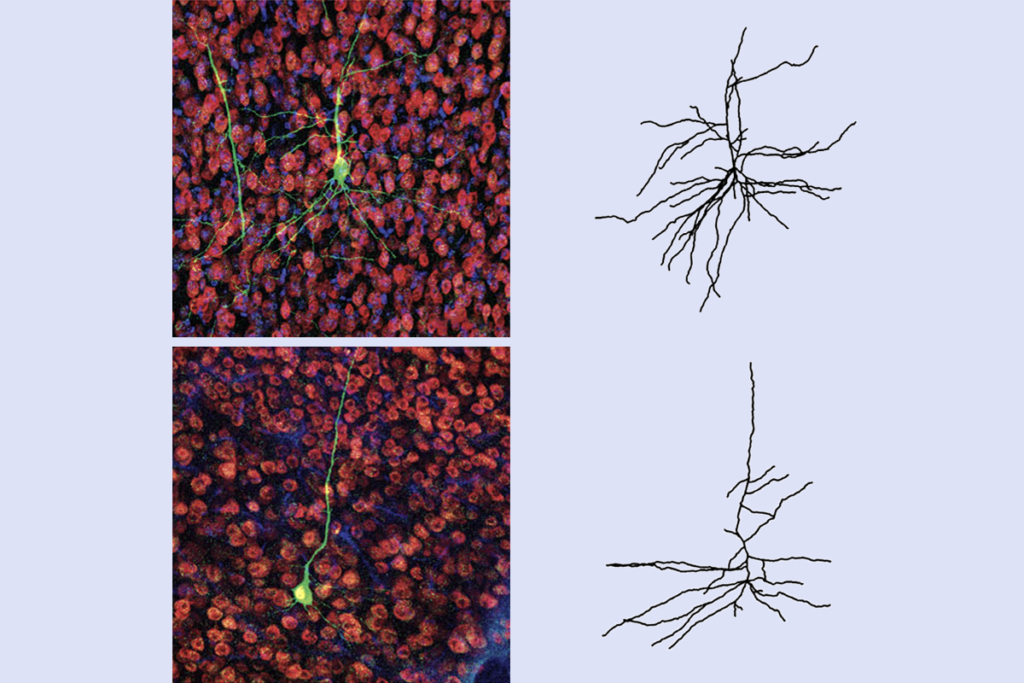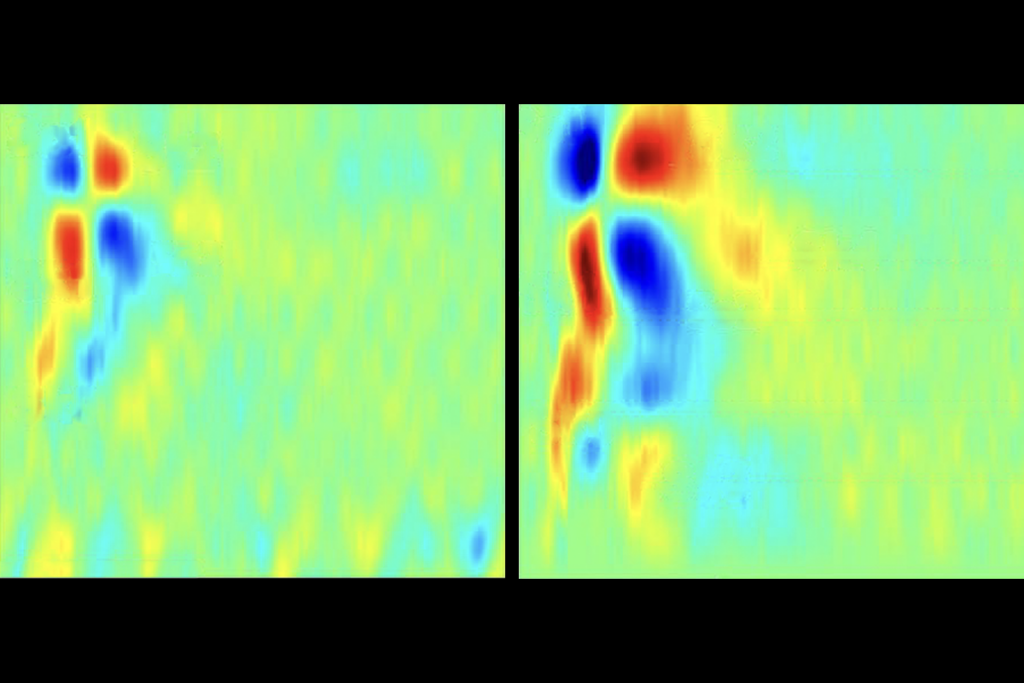Is it time to rethink head size?
A new analysis challenges the long-reported correlation between autism and abnormally large head circumference, begging the question: Should head size matter?
Last month, we covered a pair of studies that challenge whether larger-than-normal head size — one of the most consistent findings in autism research — is a valid signature of the disorder.
Much of the research that supports early brain growth as a biomarker for autism relies on standardized growth charts, such as those from the U.S. Centers for Disease Control and Prevention and the World Health Organization. But these datasets don’t account for the significant geographical differences in head circumference.
Still, anecdotal evidence that children with autism have larger heads, or macrocephaly, is substantial — both from clinical observation and parental reports.
Some researchers point out that enlarged brains may only be a hallmark of certain subtypes of the disorder. Previous studies show a correlation between abnormally large heads and regressive autism, for instance.
Given autism’s disparate genetic causes and the inherent variation in head circumference across populations, some commenters on the article wondered why there is a focus on head size at all.
What do you think?
- Does this new analysis change your view about the role of head size in autism? Should brain overgrowth still be considered a signature of the disorder?
- If large head circumference is an imperfect proxy for a more meaningful marker (brain size), as some researchers suggest, how might we effectively parse these two measures to create new screens?
- Should future studies seek to tease apart macrocephaly across the spectrum to determine if it can be used as a reliable marker of certain subtypes of autism? How should they be designed?
Share your thoughts in the comments section below. Or, to dig deeper, continue the conversation in the moderated SFARI Forum for researchers. Not yet a member? Learn how to register here.
Like us on Facebook » | Follow us on Twitter @SFARIcommunity » | Join our newsletter »
Recommended reading

Among brain changes studied in autism, spotlight shifts to subcortex
Home makeover helps rats better express themselves: Q&A with Raven Hickson and Peter Kind
Explore more from The Transmitter



